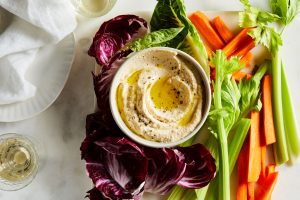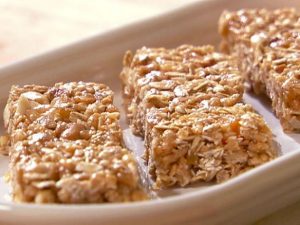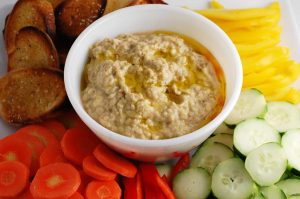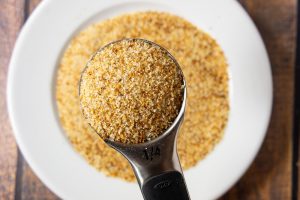A food processor is a remarkably flexible kitchen appliance that may help you prepare dishes faster and more efficiently. However, it can be a little intimidating at first if you’ve never used a food processor. So don’t worry; this guide will walk you through the fundamentals of using a food processor.
Step 1: Choose the right blade
While using a food processor, you must first select the appropriate blade for the job at hand. The blades that come with processors are often suited for various activities. For example, the standard blade is excellent for chopping, whilst the shredding disc is wonderful for slicing cheese and veggies.
Step 2: Prep your ingredients
It’s important to prepare your ingredients before you start using your processors. For example, you should cut your tomatoes and onions into smaller pieces before placing them in the processors if you’re creating salsa. By doing this, you may prevent your processors from becoming overloaded and ensure that all of your components are finely minced.
Step 3: Assemble the food processor
Once you’ve prepped your ingredients, it’s time to assemble your food processor. This process can vary depending on the model you have, so be sure to consult your manual for specific instructions. However, in general, you’ll want to start by attaching the bowl to the base of the processors. Then, add your chosen blade to the bowl and lock it into place.
Step 4: Add your ingredients
It’s now time to add your ingredients after assembling your processors. The biggest portions of food should go in first, then the smaller ones. Avoid packing the bowl too full to avoid the processors stalling or breaking down. It’s frequently ideal to process a big number of ingredients in batches.
Step 5: Process your ingredients
It’s time to begin processing the ingredients after they are in the processors. Depending on the recipe you’re using and the components you’re using, this method may change. The processors should generally be pulsed a few times before you begin chopping or combining your components. Once your components have been processed to the correct consistency, you can keep pressing the pulse button.
Step 6: Clean your food processor
It’s crucial to give your food processor a thorough cleaning after using it. Start by taking the blade out of the bowl and washing both parts in warm, soapy water. If necessary, you can also wash the processor’s bowl and other components. When storing your processors, be sure that every component is totally dry.
Tips for using a food processor
- Be sure to read your food processor’s manual carefully before using it for the first time.
- Always select the appropriate blade for the job at hand.
- Don’t overload the processor, as this can cause it to malfunction.
- Use a pulsing motion when processing ingredients to achieve the desired consistency.
- Clean your food processor thoroughly after each use to prevent bacteria growth.
Conclusion
A food processor is a useful appliance in every kitchen since it makes it simple and quick to produce a variety of recipes. You may confidently use your food processor and get the ideal consistency for your ingredients by following the above-described instructions. Always read your handbook carefully, select the appropriate blade for the job at hand, and properly clean your processor after each use. You’ll learn the processor in no time if you keep these pointers in mind!














